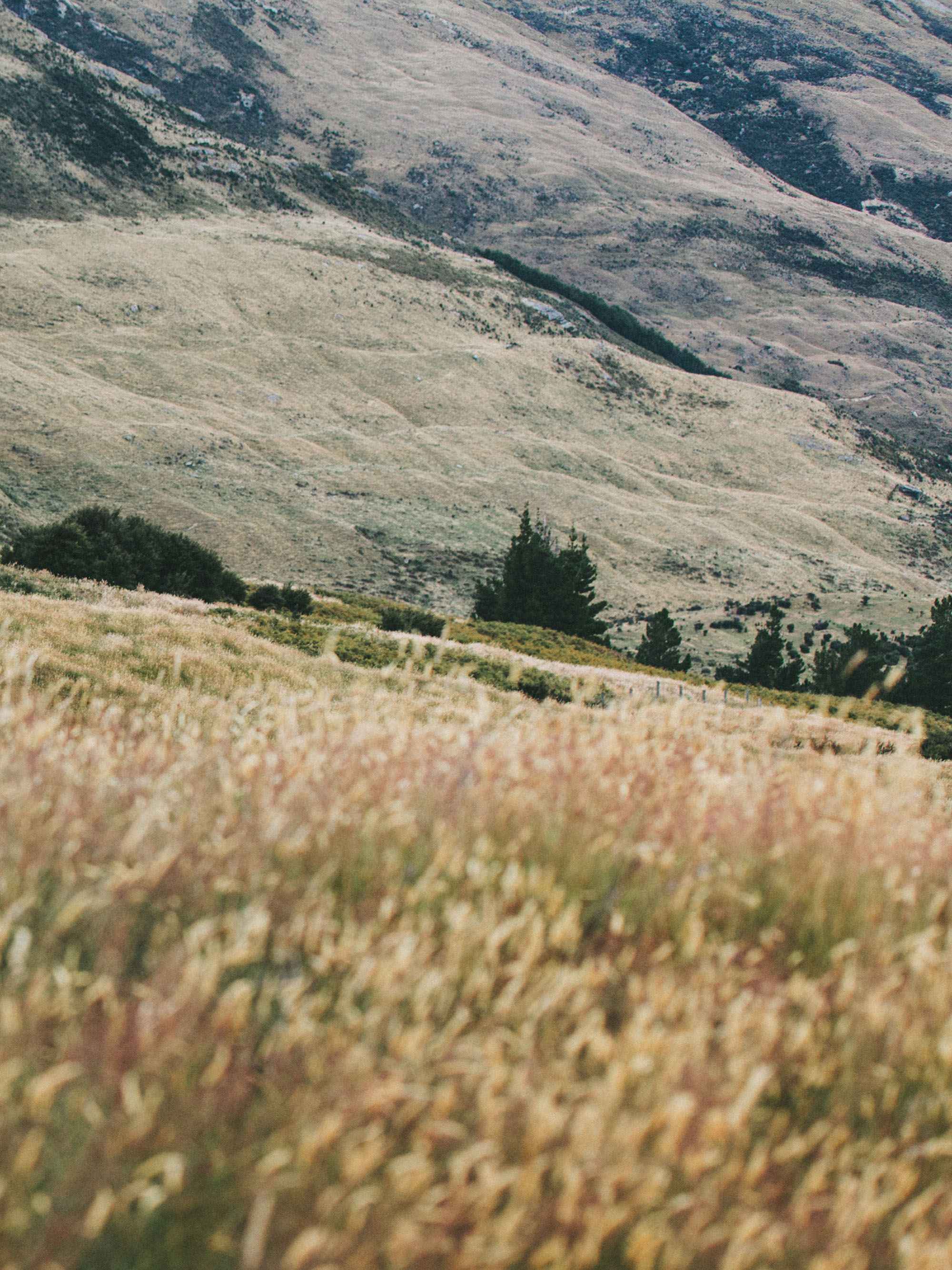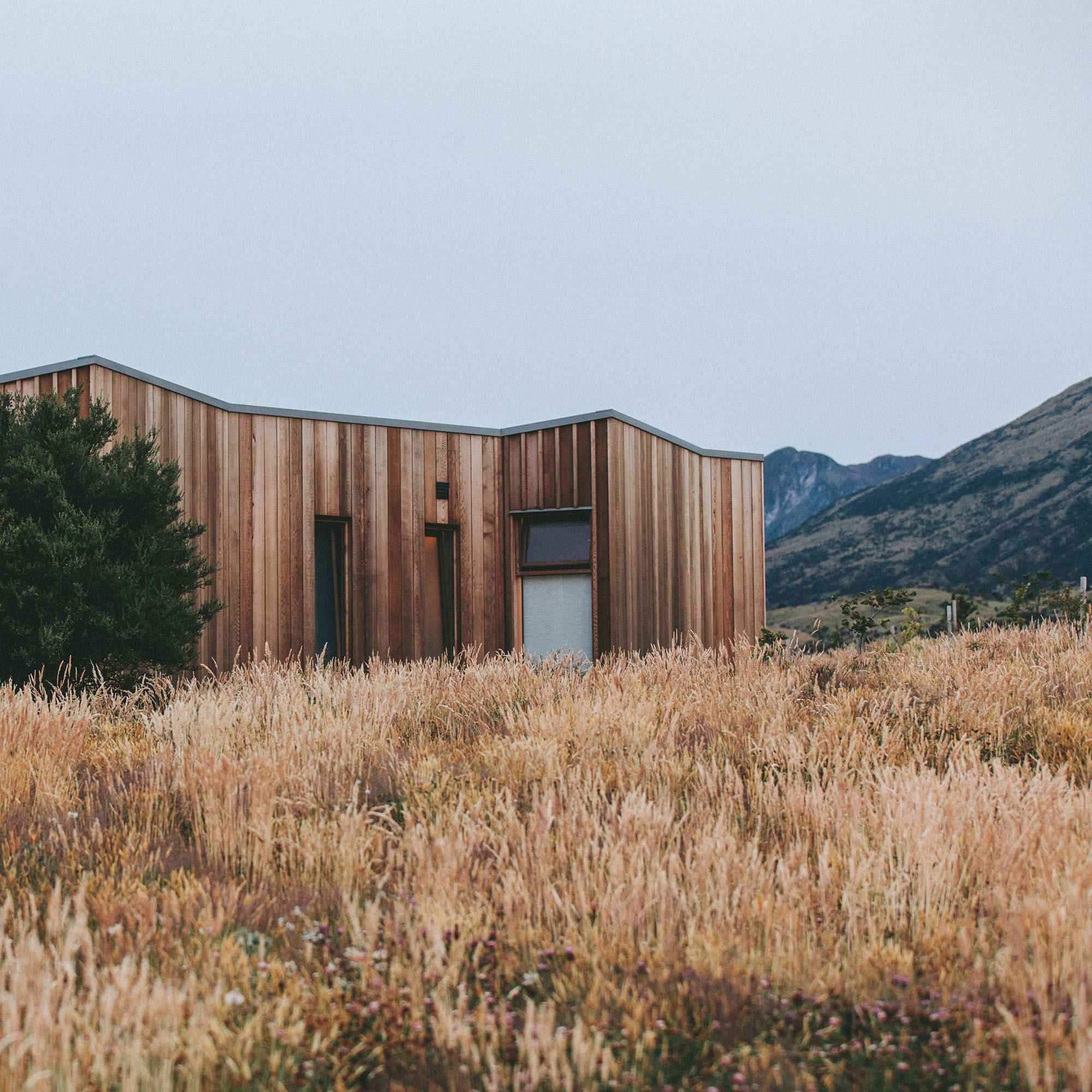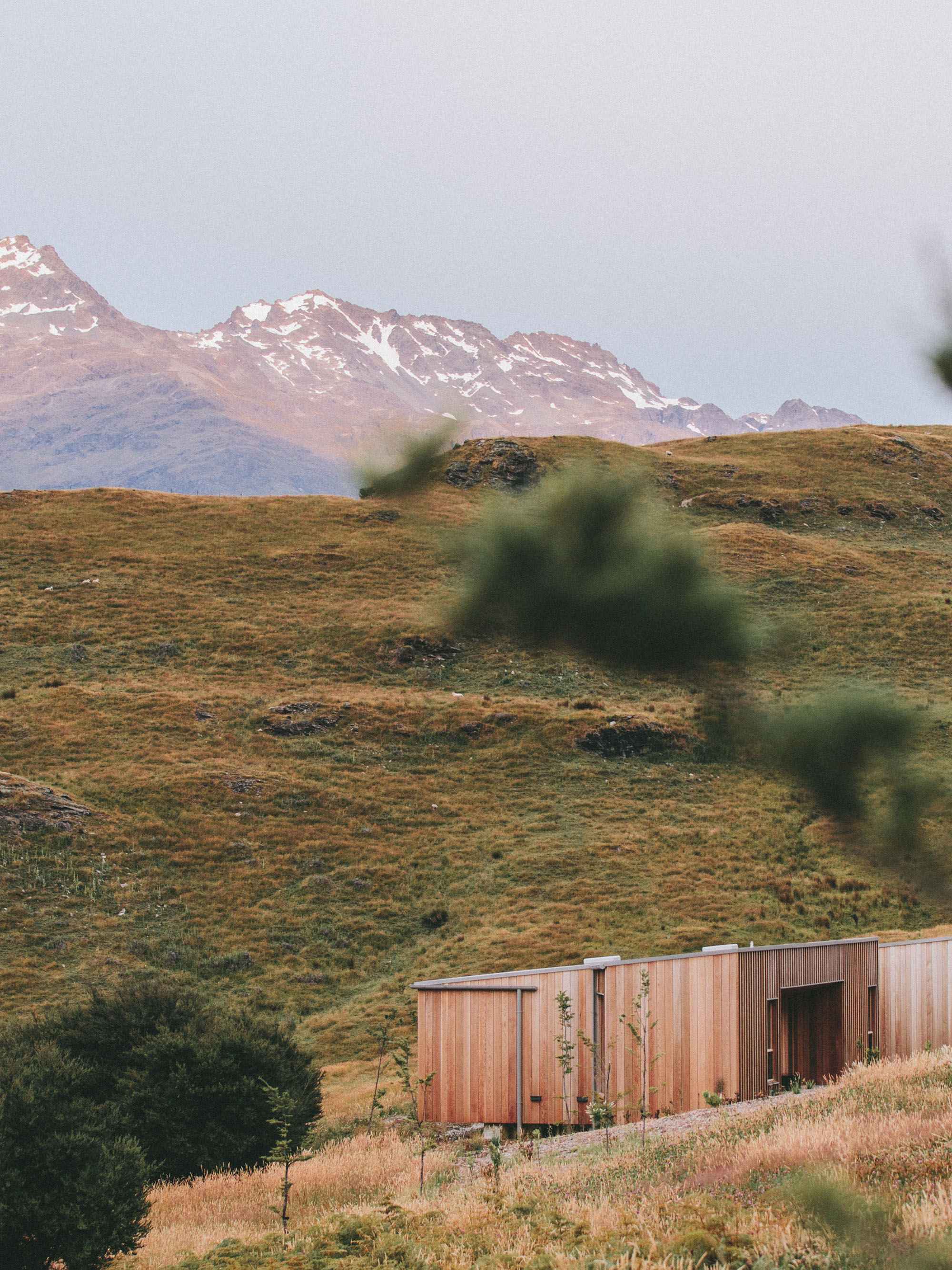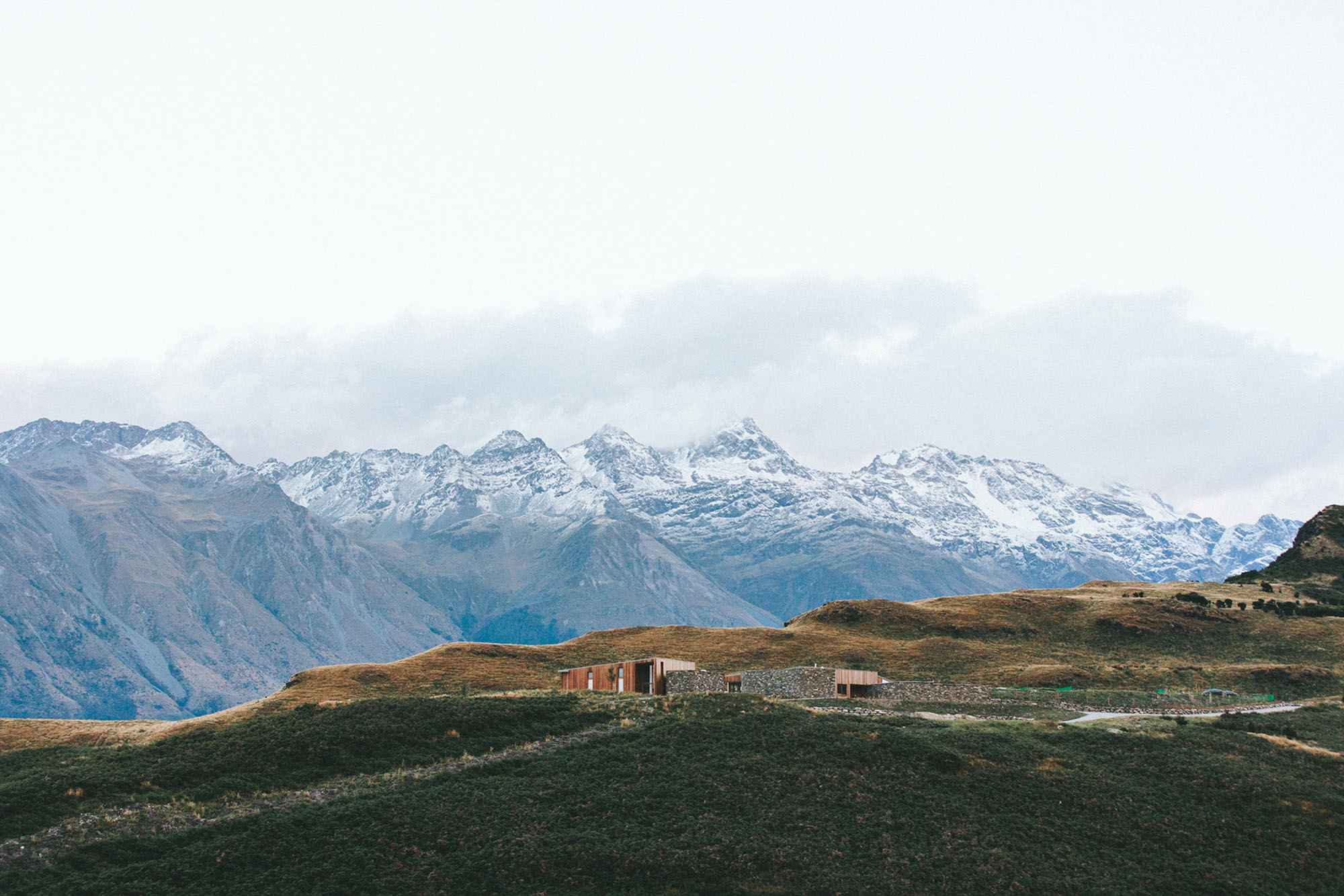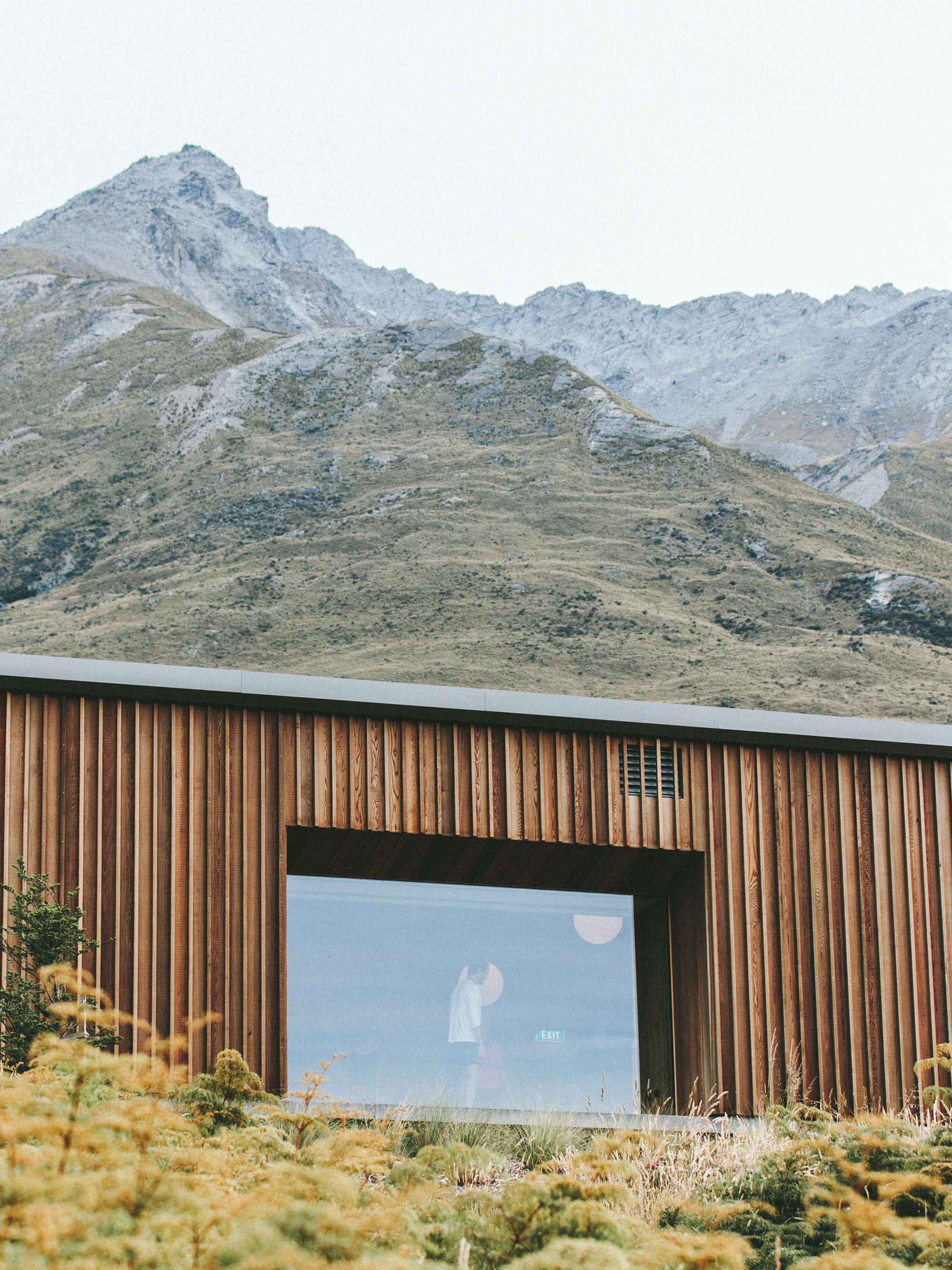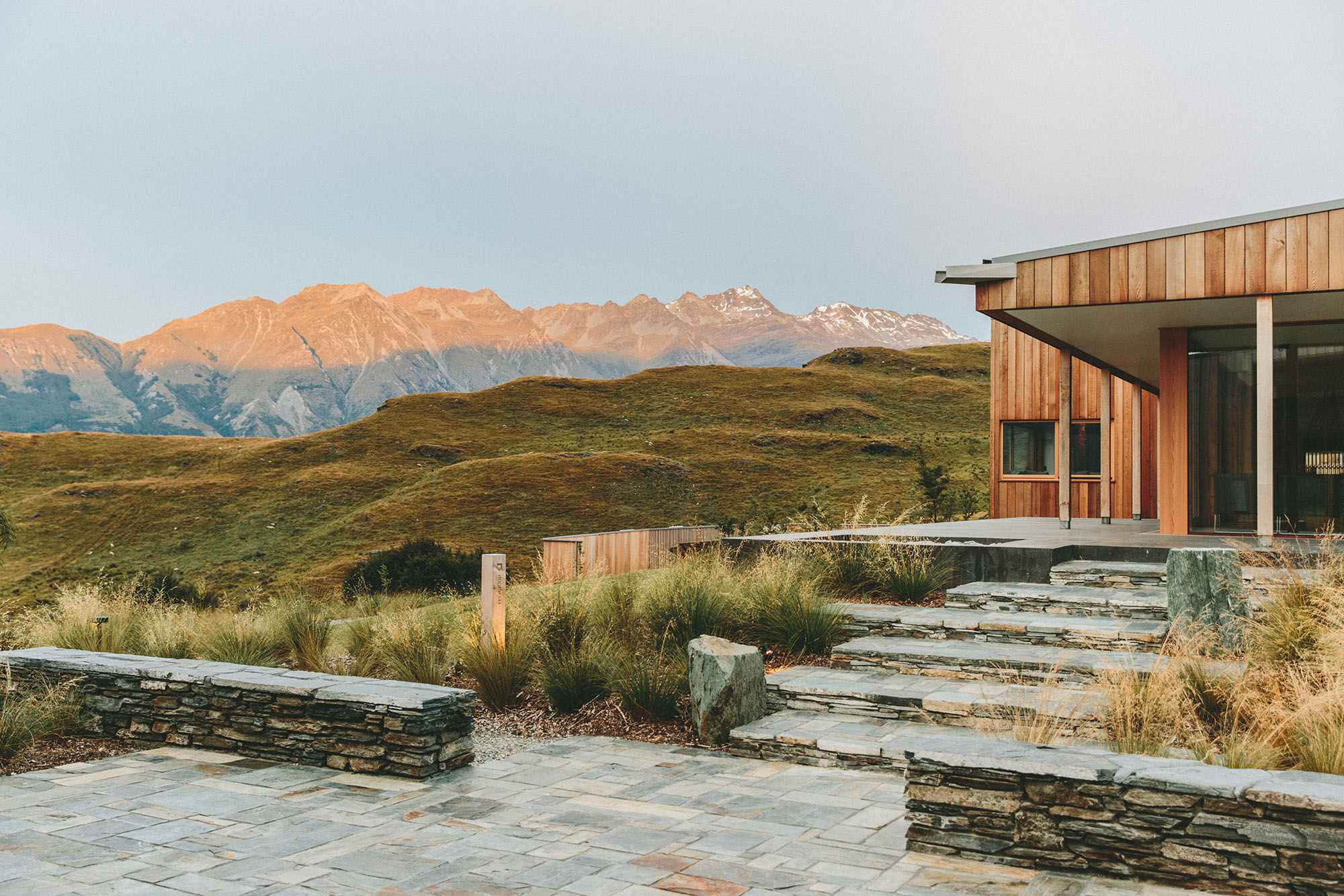Lost Wax - Ceramic Shell
This class learns the processes of making molds of sculptures created by student class members. We start with rubber molds to make wax casts, discuss sprueing and then mounting the waxes for making ceramic shells. Class members help make the ceramic slurry and coat the waxes with it to form strong shells. The wax is then lost by melting out, the shells are fired in a ceramics kiln, and on pour day we fill them with molten bronze or aluminum. As the shells cool the ceramic cracks and is removed, revealing the cast sculpture.
Click image below to see slide show.

























Bell Founding : Casting with resin bonded sand molds
We use wax replicas of bells and learn the basics of making small resin bonded sand molds. We also talk about the history of bell making and what factors effect the sound of a bell.
Iron Casting
Each Fall we have an Iron Casting class at the Indianapolis Art Center.
Primitive Bronze Casting
Primitive Bronze Casting uses low tech methods that have been used for several hundred years by peoples of West Africa and Meso America.
Additional costs: There is a small materials fee (approx $25) and each student will bring 2 20lb bags of natural lump charcoal for firing (Cowboy or Royal Oak brands for example).
5 Monday nights 6:30-9:30 and one weekend day for firing.
1. Intro to materials and procedure, make cores, wax rolling/sculpting
2. Finish waxes, mix mold materials, start molds
3. Continue molds, make crucibles
4.Finish molds, dry time
5. Firing
6. Unmold sculptures and finish & clean metal
Basic steps in the process
1. Create wax sculpture (Use core for hollow forms)
2. Add sprues and join them
3. Weigh wax
4. Paint sprues and sculpture with charcoal-clay slurry
5. Dry until matte
6. First mold layer 1/8-1/4” Fine
7. Dry to leather hard
8.Paint w/slurry 2 & add second layer fine and cup ¼”
9. Make separate crucible to match cup
10. Let both dry. Can bake crucible
11. Estimate metal needed (10x wax weight)
11. Wrap metal + small piece charcoal in damp paper
12. Place in crucible and join to mold with medium mix ¼ “
13. Paint mold w/slurry 2 & Cover entire mold with coarse mix ¼- 3/8 “
Be sure to mark metal end Dramatically!
14. Roll in dry stucco and Dry mold in sun
Figure from the book ‘Lost-wax casting’ by Fred R Sias 2005
ISBN # 978-0-9679600-0-5 www.Woodsmere Press.com
African Ashanti molds
1. Redart fireclay
2. Recycled grog (from previous molds)
3. Cow dung
4. New grog (stucco)
Some molds substitute ground charcoal for the dung and some use
Palm fiber or other fiber in outer layer.
Formulas for clay mold materials
Cores: 1 cup fine ceramic grog
1 cup hardwood charcoal powder
10% bentonite clay by weight
mix dry ingredients then add water to make moldable mixture
Slurry 1 :
2 parts charcoal
1 part clay
Mix with water to make thick cream like slurry
Slurry 2: just clay mixed with water to form slurry
Fine mix:
1 part charcoal
1 part clay
1 part fine grog
½ part peatmoss fines
Medium mix:
1 part medium grog (may be half reclaimed)
1 part clay
1 part charcoal
1 part fiber
Coarse mix:
1.5 part clay
2 parts grog (may be recycled if available)
1 part fiber










